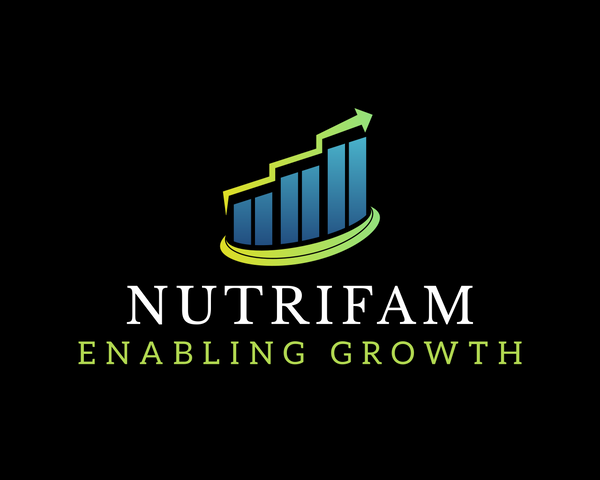As a new brand, even one with a strong online presence or an appearance in Shark Tank, you’ll be surprised to find that most distributors in the offline markets haven’t heard about you. Moreover, even after sitting down with distributors, getting them to try out your product, explaining the market stats and consuming acidity-inducing amounts of tea, the distributor most likely won’t sign on for your product.
Why? As distributors would say – ‘rotation nahi hai’. Basically, distributors measure ROI based on the amount of capital locked in a particular product (purchasing cost + stock + retail credit) vs the gross profit earned from that product.
For example, you have a biscuit brand and project a sale of 10 lakhs per month. You’d require the distributor to invest 5 lakhs (7 days of stock + 7 days of retail credit) and try to rotate this capital at least twice. Suppose the distributor has a gross margin of 5% and a net margin of 1%, on his invested capital of 5 lakhs, he could expect to make an ROI of 2%*12 months = 24% in a year. Most larger FMCG brands model their margins to provide distributors an ROI of around 12%. Distributors expect higher margins from smaller brands.
For a new brand with no data on rotation, convincing a distributor attuned to such investments is impossible.
How then does a new brand enter the offline market? One of the solutions, we’d used was trade financing.
Here’s how it works. There are two parties in the supply chain, say a brand owner and a distributor. The brand owner and distributor don’t really know each other and are unable to settle on
credit terms. A trade financing solution assesses the credit risk of both
parties, since they have a ton of backend data, and onboards the brand owner as a seller and the distributor as a buyer. The buyer gets a credit limit based on
their transaction. Once the seller raises an invoice, he gets paid by the trade
financer and the buyer needs to repay the invoice amount according to the
agreed credit terms. There’s an interest rate (MDR) associated with this
purchase and the MDR can be split in multiple ways between buyer and seller.
ePayLater and Vayana network are two such solutions on the market. We used Epaylater and were able to grow our distribution network significantly, not just by adding new distributors but also by giving existing distributors access to more working capital.
